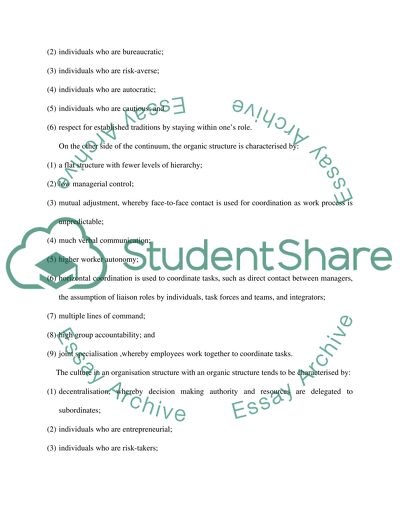Cite this document
(Structure and Culture in Human Resource Management at UPS Case Study, n.d.)
Structure and Culture in Human Resource Management at UPS Case Study. Retrieved from https://studentshare.org/human-resources/1529882-structure-and-culture-in-human-resource-management
Structure and Culture in Human Resource Management at UPS Case Study. Retrieved from https://studentshare.org/human-resources/1529882-structure-and-culture-in-human-resource-management
(Structure and Culture in Human Resource Management at UPS Case Study)
Structure and Culture in Human Resource Management at UPS Case Study. https://studentshare.org/human-resources/1529882-structure-and-culture-in-human-resource-management.
Structure and Culture in Human Resource Management at UPS Case Study. https://studentshare.org/human-resources/1529882-structure-and-culture-in-human-resource-management.
“Structure and Culture in Human Resource Management at UPS Case Study”, n.d. https://studentshare.org/human-resources/1529882-structure-and-culture-in-human-resource-management.


